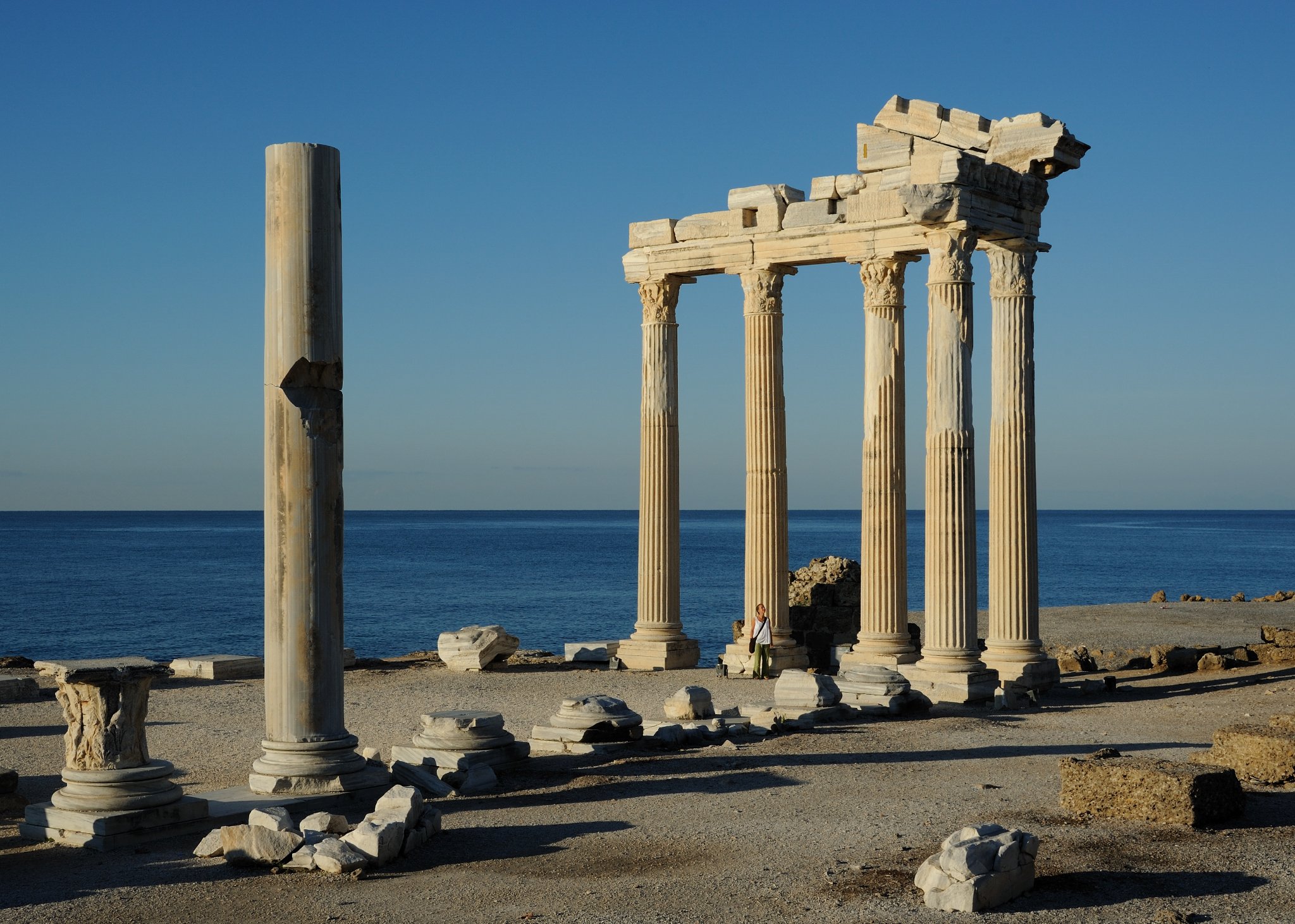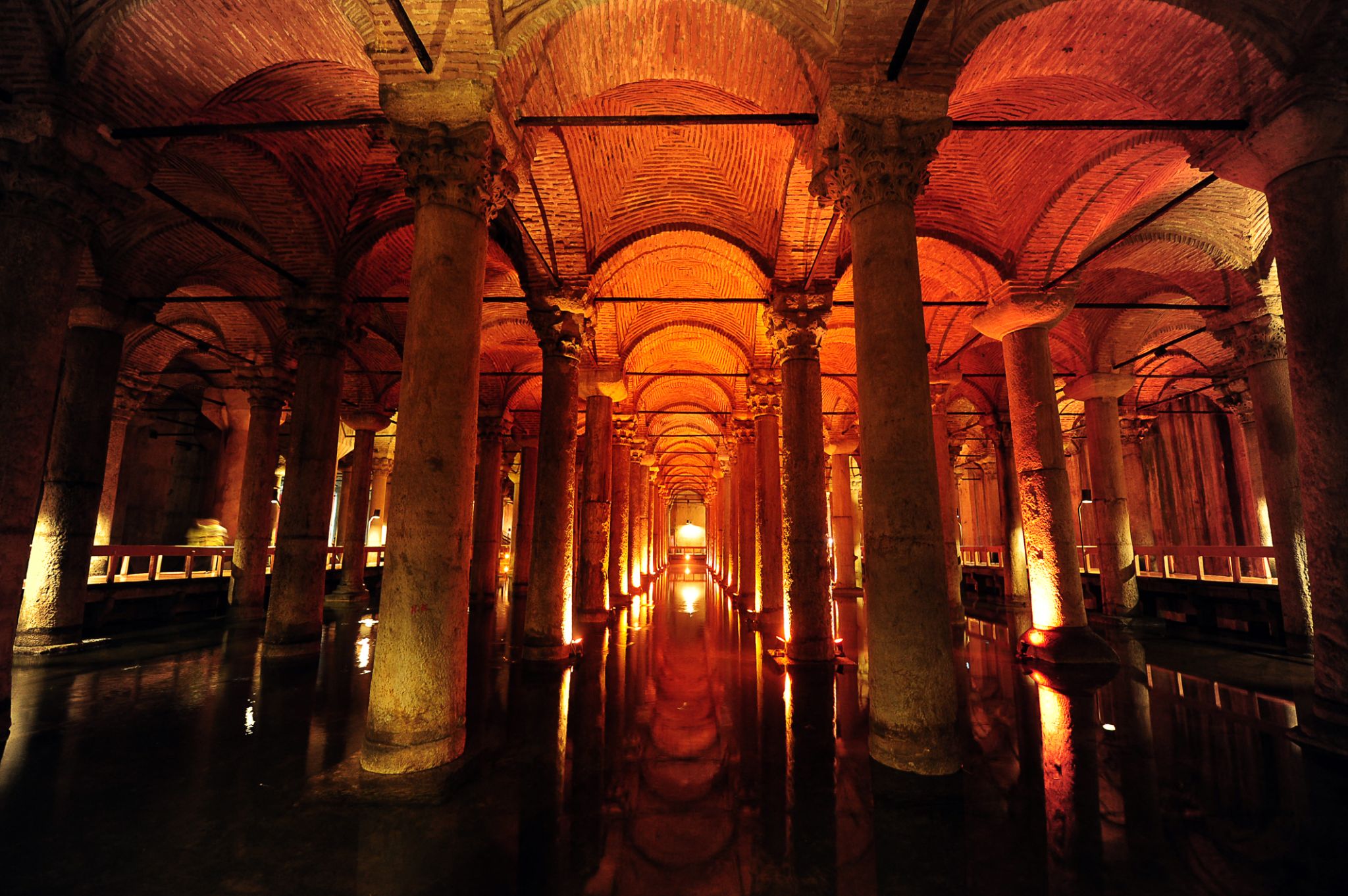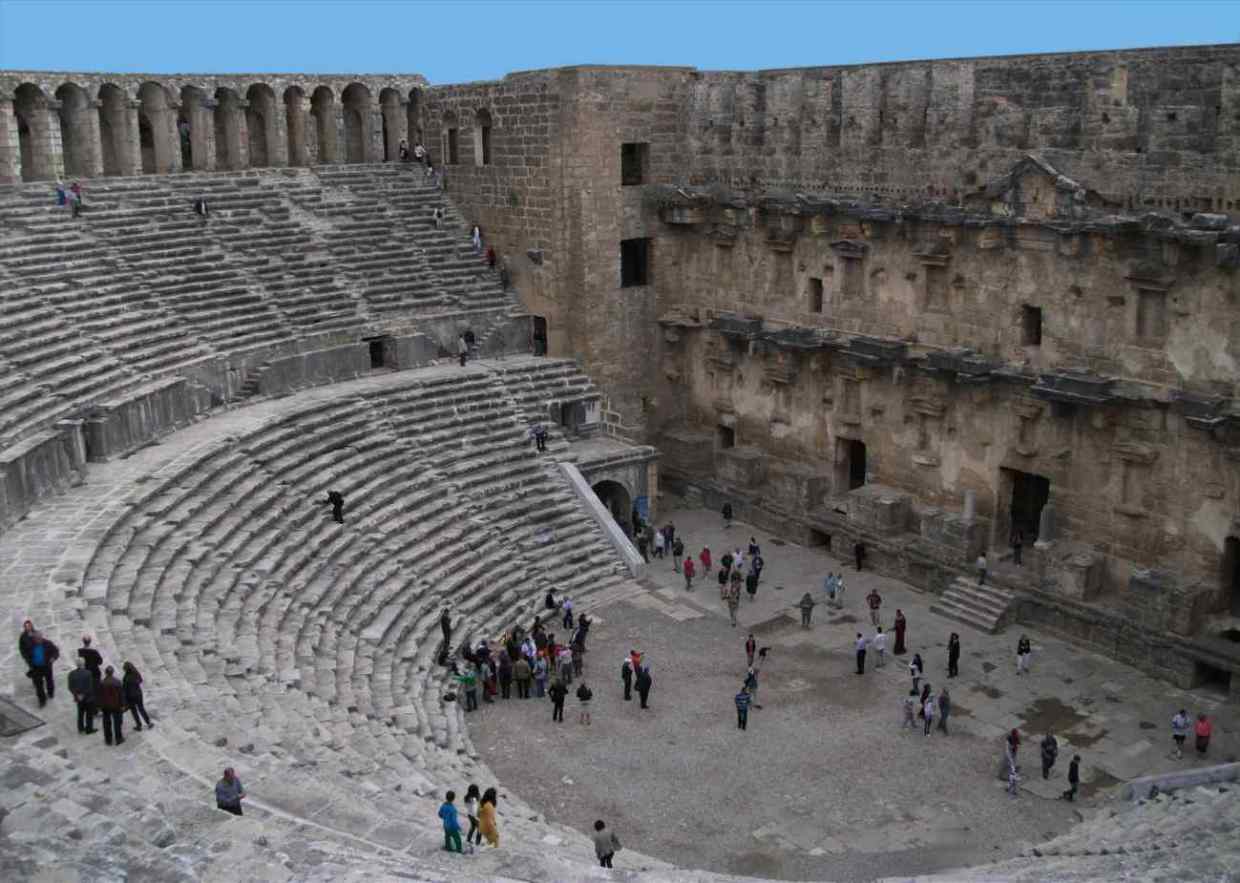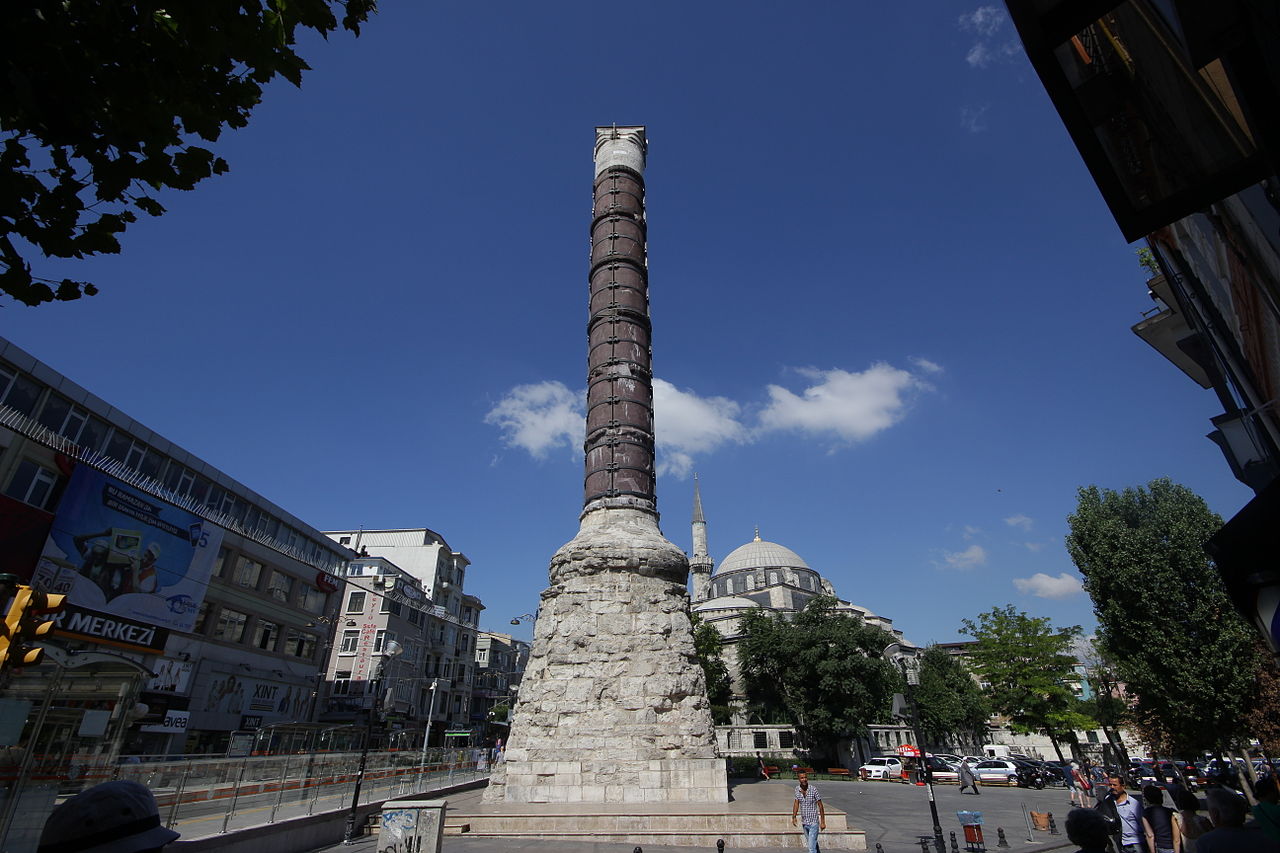Turkey: Five Roman heritage sites you should know about

The region encompassing modern Turkey was ruled by the Romans for around 14 centuries, serving not only as a gateway into the Near East but also as the empire's administrative base after the reign of Emperor Constantine.
Under the ruler, who lived in the fourth century, the until-then stagnating imperial power enjoyed a new lease of life, adopting Christianity as its state religion and moving the capital of the empire from Rome to Byzantium, which was renamed Constantinople and is now known as Istanbul.
Stay informed with MEE's newsletters
Sign up to get the latest alerts, insights and analysis, starting with Turkey Unpacked
As the western part of the empire succumbed to decay and barbarian invasion, the eastern half flourished in a Hellenised form, with Greek serving as the dominant language.
The empire, which came to be known as the Byzantine Empire after Constantinople's original name, would last until 1453 when the Ottomans under Sultan Mehmet II conquered the city and put an end to remnants of Roman rule once and for all.
Its legacy however remained, especially within Turkey's architectural heritage with extant ruins dotted around modern-day Istanbul and the rest of the country.
Here Middle East Eye looks at just some of these remnants of one of the world's most influential empires.
Temple of Appollo, Side
Apollo was said to be the twin brother of Artemis, the goddess of the wilderness, chastity and fertility, known as Diana to the Romans. His own divine portfolio included music, dance and truth.
Several temples were built in his honour around the Mediterranean, including this one in Side, along Turkey’s southern coastline.
Built by the Romans around 150AD, under the rule of Emperor Antonius Pius, the structure showcased signature Roman columns capped with Corinthian designs, which featured elaborately detailed carvings.
Five temple columns remain, and have been restored several times, with the most recent renovation being in 2017. Roman theatres, baths, roads and walls are also extant in Side.
Aqueduct of Valens, Istanbul
After Constantine declared Byzantium (or Constantinople) his capital, the city's resultant population growth required a more efficient supply of water.
Construction of an aqueduct began during the reign of one of his successors, Constantius II, but the project was not finished until 368 CE during the reign of Emperor Valens, who gave the structure its name.
Clean water from Thrace, east of Constantinople, was channelled through the aqueduct to locals and was used in the baths and cisterns around the city.
At 920 metres long and close to 30 metres tall, the aqueduct is one of modern Istanbul's largest structures and remains in remarkably good condition despite its age.
It was fed by a system of canals and wells that stretched to more than 300km into Thrace and was used by the Ottomans for their water supply more than a thousand years after it was first constructed.
Basilica Cistern, Istanbul
Built in 532 under the Byzantine Emperor Justinian, the cistern in the heart of Istanbul's old city has been preserved for centuries.
With 336 columns propping it up, the cistern was able to store up to 80,000 cubic metres of water, with some of the supply delivered from the Aqueduct of Valens.
Known as Yerebatan Saray by the Turks, which means Sunken Palace, the cistern was first built to serve the Great Palace of Constantinople and was restored in 1985 by the Istanbul Metropolitan Municipality.
Today it is one of the city's most popular attractions. Tourists may even notice the three heads of the mythical Medusa - a monstrous creature with snakes for hair, whose gaze can turn a human into stone - propping up some of the pillars under the waterways.
Aspendos Theatre, Serik
The structure in southern Turkey was built during the rule of stoic philosopher and Roman Emperor Marcus Aurelius (160-180).
Situated in the ancient region of Pamphylia, the theatre is considered to be one the best-preserved of its kind in the world, with walls inscribed with the name of its designer, the Greek architect Zeno, and also its financiers, the Crispinus brothers.
The theatre's design includes Greek characteristics, such as having part of the theatre wall dug out of the hill beside it.
With seating space for 12,000 spectators, the site is still in use today and hosts the Aspendos International Opera and Ballet Festival annually.
The Column of Constantine
Another ruin in the heart of Istanbul's old city, the Column of Constantine was once topped with a statue of the famed emperor dressed as the god Apollo.
While that particular feature has failed the test of time, the structure remains important as one of the earliest built during his reign.
Despite Ottoman attempts to strengthen the column to protect it from earthquakes, a fire in 1779 gave the structure its current blackened look.
The column has been considered a Unesco World Heritage site since 1985.
This article is available in French on Middle East Eye French edition.
Middle East Eye delivers independent and unrivalled coverage and analysis of the Middle East, North Africa and beyond. To learn more about republishing this content and the associated fees, please fill out this form. More about MEE can be found here.










